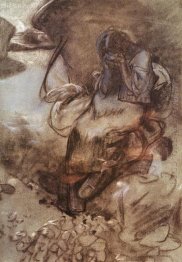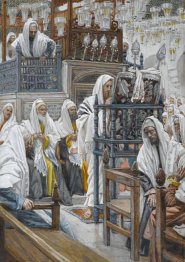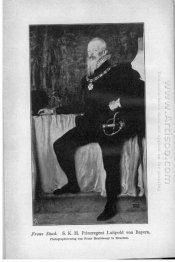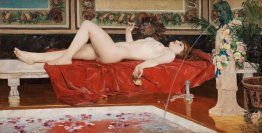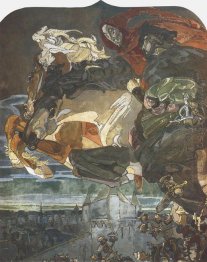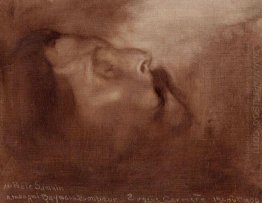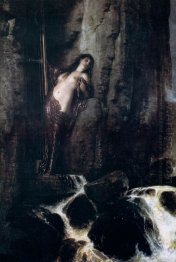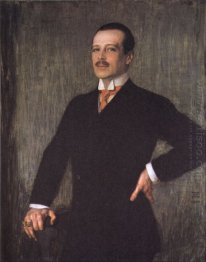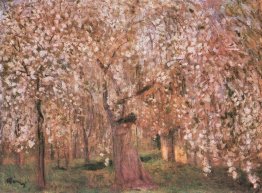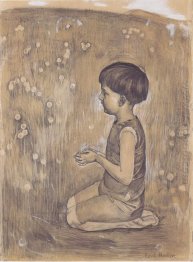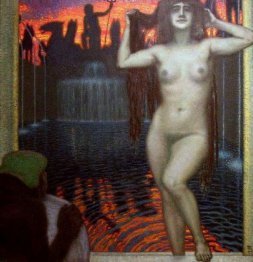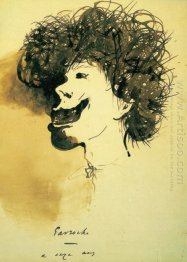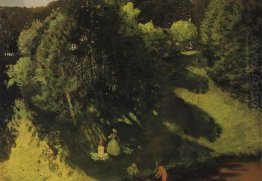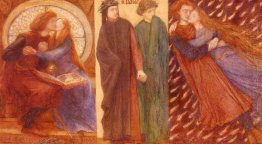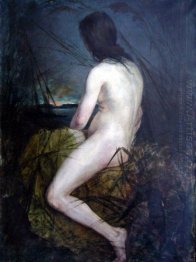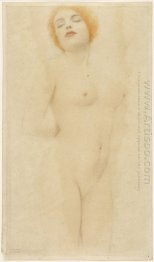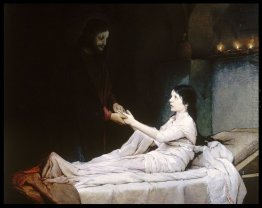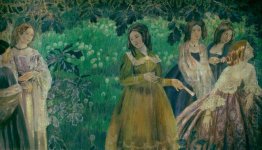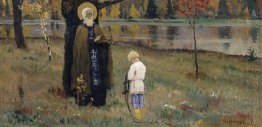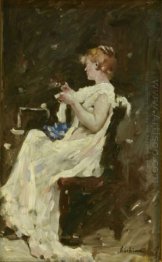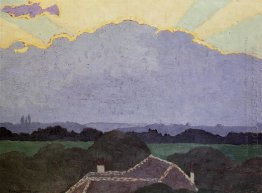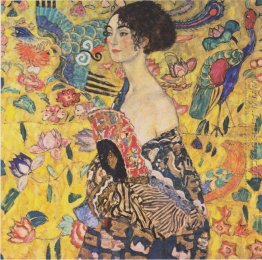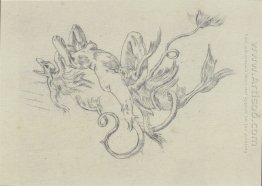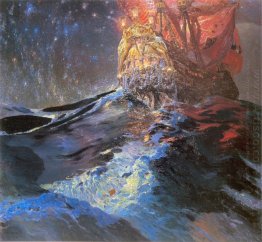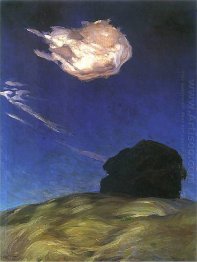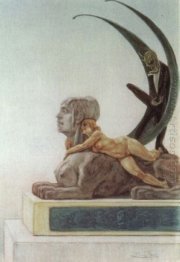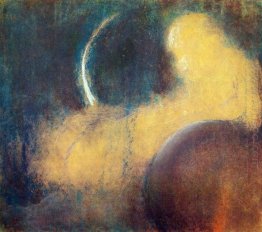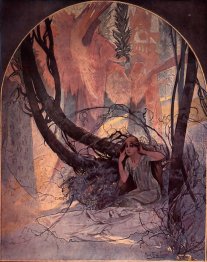Symbolism
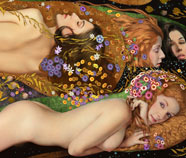
Symbolism was the art movement that began around the late nineteenth century. It originated from Belgian and French poetry before moving to other forms of art, including symbolism painting. One of the early literary works that began this movement was the Les Fleurs du Mal (The Flowers of Evil) written by Charles Baudelaire. He, in turn, had gotten his inspiration from the works of Edgar Allan Poe. The French writer had admired Poe's work so much that he had translated the works of the American into French. His later writings also reflected the images found in Poe's works.
This movement was preceded by the Aesthetic, which was championed by Stephane Mallerme and Paul Verlaine during the 1860s, and this stayed until the 1870s. This movement attracted a number of writers, but some of them were later identified as "symbolists" as defined by Jean Moreas, who needed a name to distinguish the realists from those who tried to address certain topics in a more indirect way.
As the literary world started to identify symbolism as its own movement, the visual side began its own version of symbolism. This branched out from the dark side of Romanticism and made itself a separate entity by being less rebellious and more hieratic.
No matter where the roots came from though, the fact is that symbolism was more of a reaction to naturalism and realism. The two art forms were concentrated more on the gritty portions of life and they emphasized the ordinary and tried to take away the ideal. Those who reacted to this took the separate path and emphasized spirituality and turned the spotlight to dreams and imagination. This was the path that further led to symbolism. A writer of note who first came from realism would be Joris-Karl Huysmans. He started off as a naturalist before moving on to symbolism, which also affected his lifestyle as he became more religious. As symbolism took off, those who remained in the previous movement moved to topics that dealt more with sexuality and some sordid subjects. To offset the choice of subject though, some hints of Byronic Romanticism were included in their works.
Symbolists believed that theirs was not an art, but rather a new ideological trend. Believing that art should be able to speak of truths that could not be approached directly, the artists started painting regular items in a manner that one could say was metaphorical. This resulted in pictures that were attractive to a more specific group of people.
There were several groups of symbolists as the movement had a very far reach. Some Russians and Americans were known to be part of this movement, though the way they approached their subjects were rather different. There was also a group that followed Aestheticism. The name was different, but there were huge similarities in the ideologies. This movement also developed further down the road into Expressionism and Surrealism.




